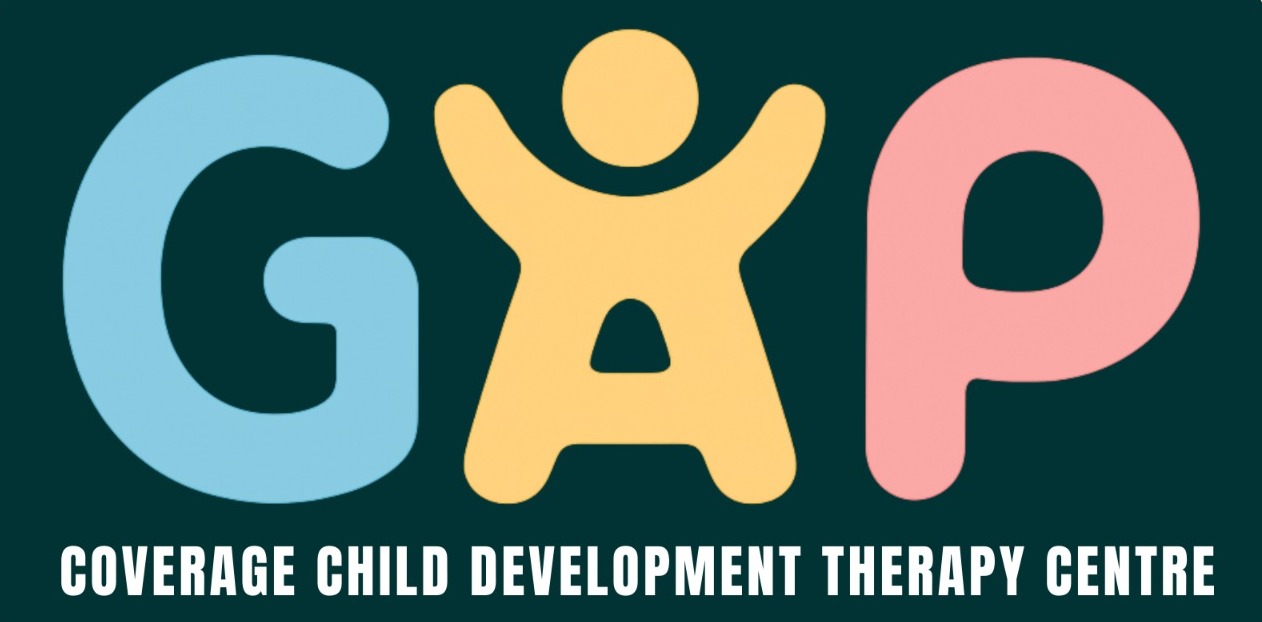
Physiotherapy
Physiotherapy is a dynamic healthcare profession dedicated to helping people of all ages restore, maintain, and maximize their physical strength, function, motion, and overall well-being. Using evidence-based techniques, physiotherapists diagnose and treat a wide variety of medical conditions, injuries, and disabilities. The core philosophy is to empower individuals through movement, enabling them to lead active, independent, and pain-free lives.
How Physiotherapy Can Help:
Physiotherapists provide personalized care to address a broad spectrum of needs:
-
Pain Management: Reducing acute and chronic pain (e.g., back pain, arthritis, headaches) through targeted techniques without relying solely on medication.
-
Restoring Mobility & Function: Improving range of motion, strength, and coordination following an injury, surgery, or stroke.
-
Recovery from Injury: Designing rehabilitation programs for sports injuries, workplace accidents, or other trauma to ensure a safe and effective return to daily activities.
-
Management of Age-Related Issues: Addressing conditions like osteoporosis, arthritis, and balance disorders to improve safety and quality of life.
-
Neurological Rehabilitation: Helping individuals with neurological conditions (e.g., Cerebral Palsy, Stroke, Parkinson’s disease, Spinal Cord Injuries) regain movement, balance, and functional independence.
-
Cardiorespiratory Care: Supporting patients with heart and lung conditions through exercises to improve endurance and functional capacity.
-
Pediatric Development: Assisting children with developmental delays or conditions like Down Syndrome and Cerebral Palsy to achieve motor milestones, improve balance, and enhance participation in play and school activities.
-
Preventative Care & Education: Teaching injury prevention, ergonomic principles, and fitness strategies to promote long-term health.
A Physiotherapist’s Approach:
-
Assessment: A thorough evaluation to understand your movement patterns, strength, limitations, and personal goals.
-
Diagnosis: Identifying the root cause of your physical challenges.
-
Treatment Plan: Creating a fully individualized plan that may include:
-
Manual Therapy: Hands-on techniques to mobilize joints and soft tissues.
-
Therapeutic Exercises: Prescribed movements to improve strength, flexibility, and endurance.
-
Electrotherapy Modalities: Using tools like ultrasound or TENS for pain relief and muscle stimulation.
-
Education & Advice: Guidance on posture, ergonomics, and self-management strategies for lasting results.
-

